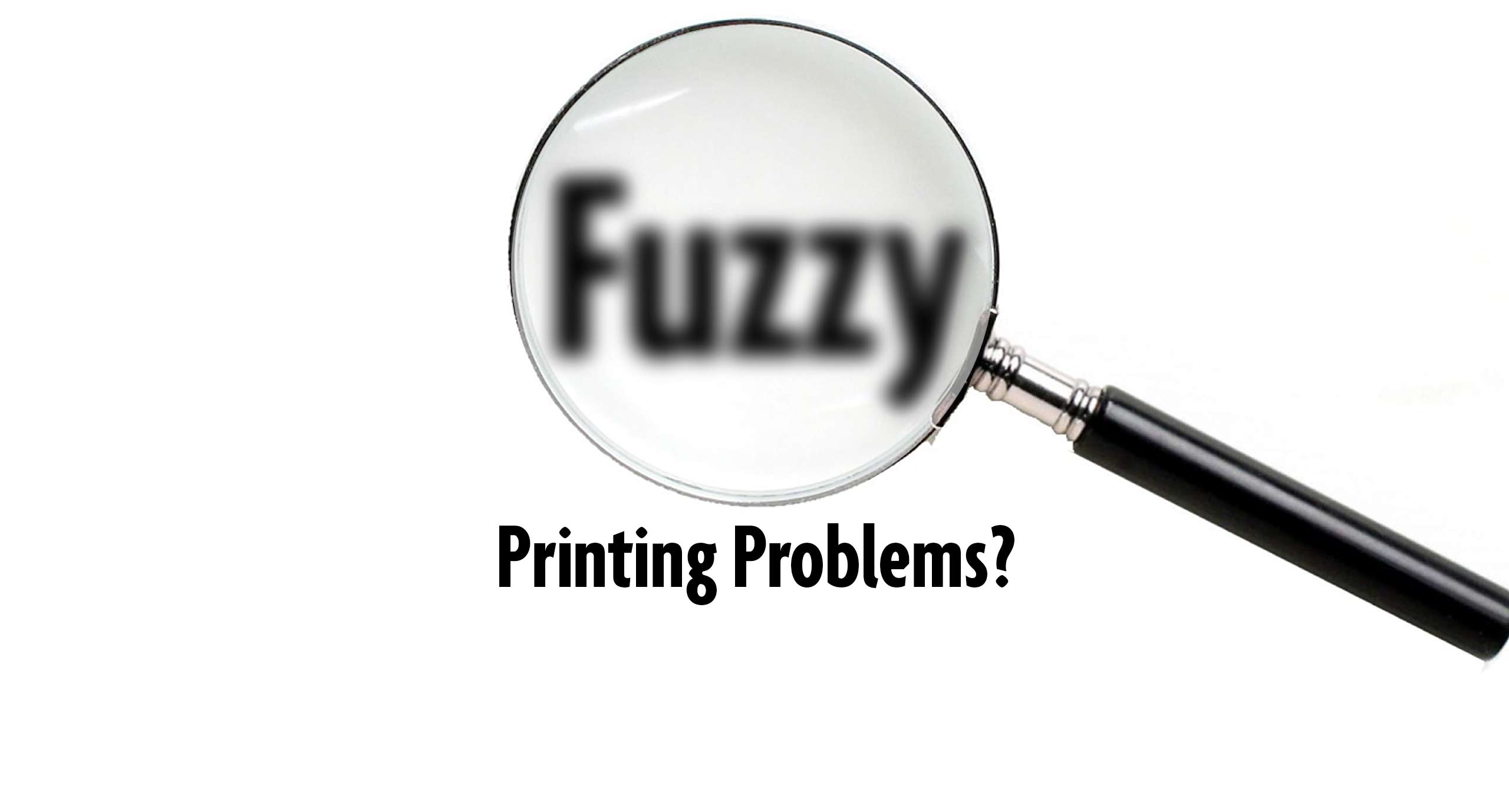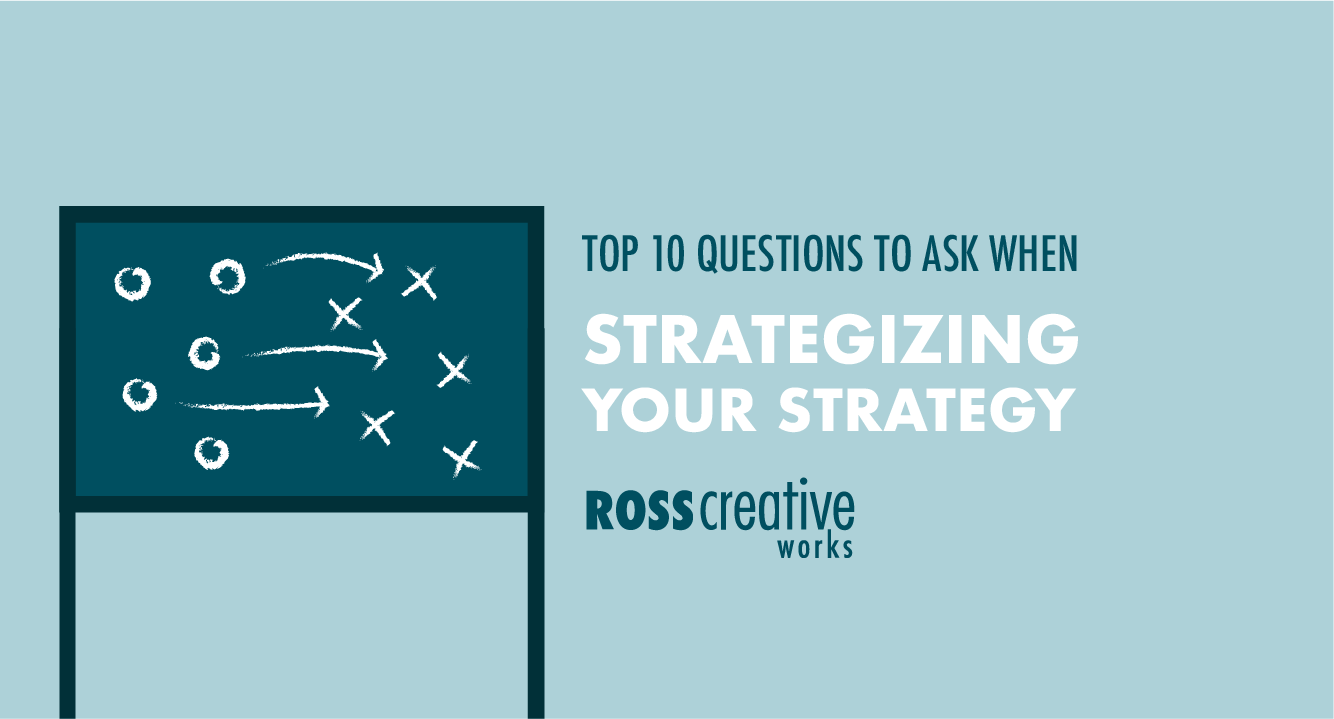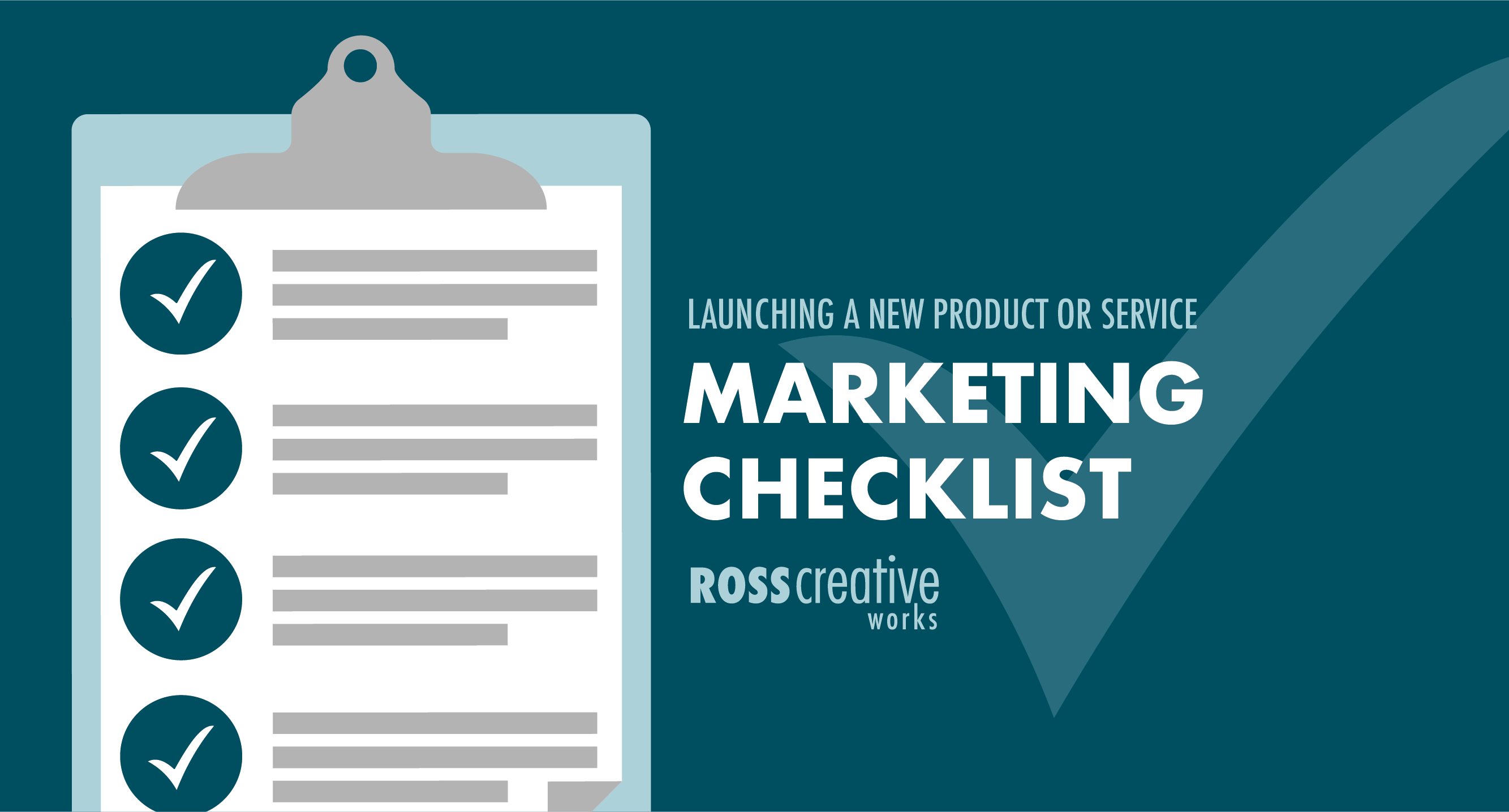Have you ever been confused?…
about why your logo, which looks crisp and clear on your website, like, say, this:
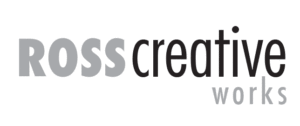
Prints out all fuzzy like this:

The logo on your website is called a low resolution image. Images on the web are usually published as JPG or PNG files at 72 to 150 PPI, or pixels per inch. They are meant to be viewed on a screen. When the dots are viewed on a screen, they are called pixels.
Print resolution is 300 DPI (dots per inch). This is high resolution. That means there are at least 300 little dots of color making up every inch of space. And printed things use ink, not pixels. If you take a look at any printed mailer or brochure under a magnifying glass, you will see it is made up of a series of tiny dots. Remember there are only 72 of those dots taking up the same amount of space for a low resolution image published to the web. If you try to resize something that was meant for web and print it out, it will look fuzzy. Think of it like dots on a balloon:
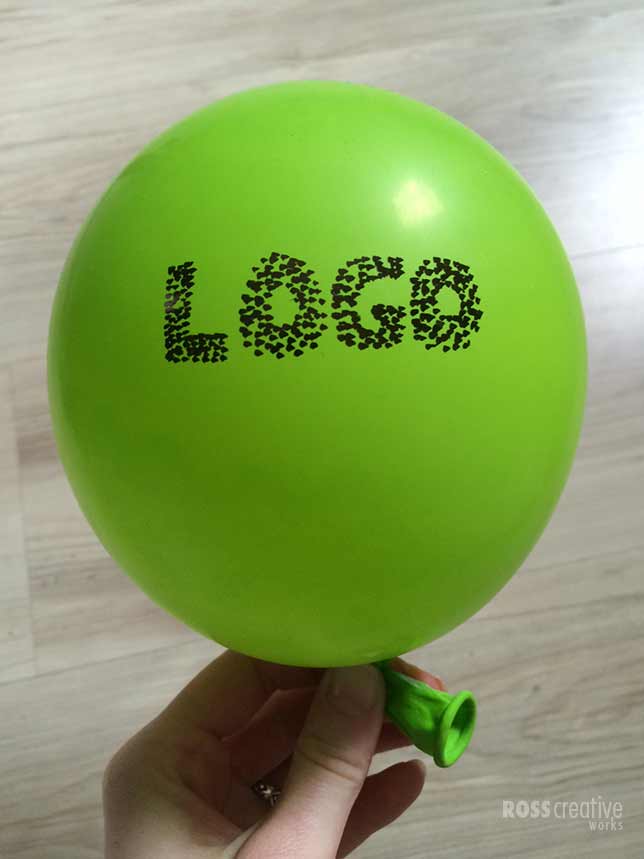
There are a finite number of dots making up your logo, and when you try to make it bigger, you are stretching those dots out. It’s just like blowing that balloon up.
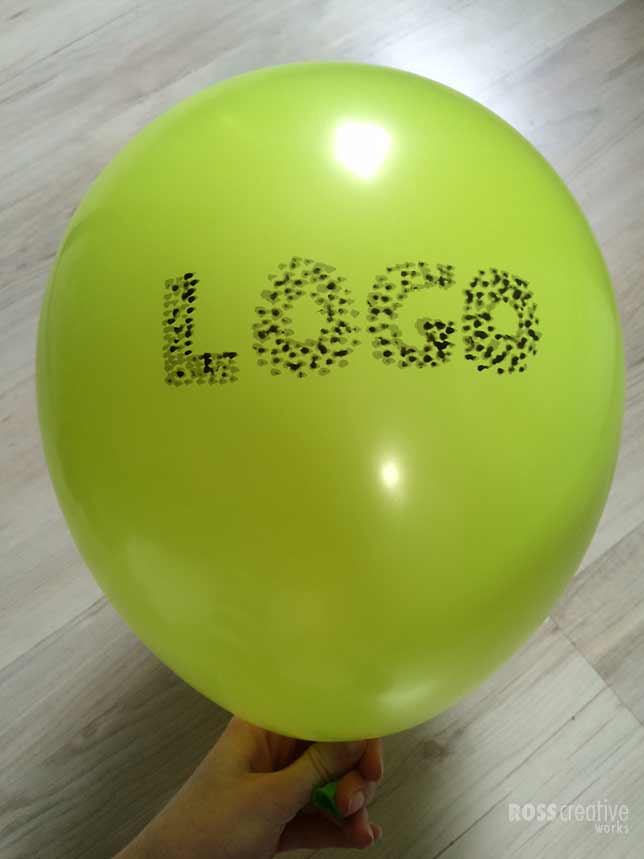
And the result is a fuzzy logo:

In order to print your logo so that it does not turn out fuzzy, you will need a high resolution logo. This means you will need something at least 300 DPI for whatever size you are printing at. For example, if your logo is 300 DPI at 2 inches long, you can only print it out at 2 inches. If you try to make it 4 inches long and try to print it, the logo will look fuzzy. This only applies to JPG and PNG files. EPS, SVG, Illustrator, and in most cases PDF, can be resized to any size and not lose quality.
